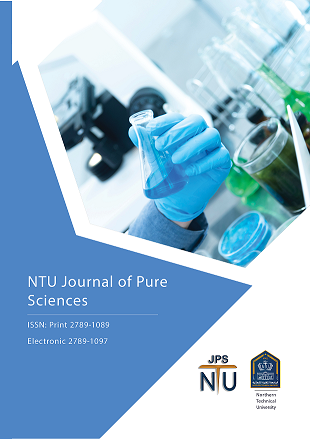Nanotechnology; The Sience of Present and Future (Principles and Applications)
DOI:
https://doi.org/10.56286/ntujps.v1i3.274Keywords:
Natotechnology, Nanomaterials, Solar cells.Abstract
Nanotechnology acts as a means to combine different branches of sciences: medicine, pharmacy, engineering, biology, chemistry, agriculture, water desalination, energy storage, production, and conversion are optimal and most important use of nanotechnology as the production of solar cells and hydrogen fuel cells to reduce environmental pollution and diversity sources of energy consumption. The interest in studying nanomaterials and metallic particles is increasing, for instance gold and silver nanoparticles due to their mechanical, optical, electronic, magnetic, and high electrical conductivity properties, as well as the chemical properties and the large surface area regarding to the large size of the same material, leads to an increase in its toxic properties, when collected in huge numbers on the surfaces of cells, consequently to inhibit and kill pathogenic organisms such as viruses, bacteria, and fungi. Manufacture of nanomaterials that use some plants (biosynthesis) to reduce their hazards to the humans and environment and reduce the costs of extracting process which is called a green synthesis.
Downloads
Downloads
Published
Issue
Section
License
This work is licensed under a Creative Commons Attribution 4.0 International License (CC BY 4.0), which permits unrestricted use, distribution, and reproduction in any medium, provided the original work is properly cited.





